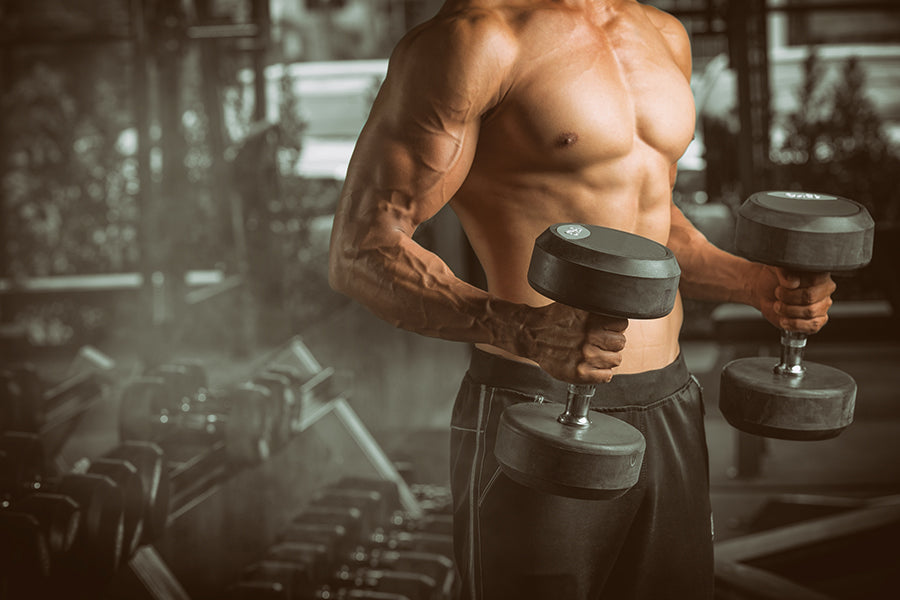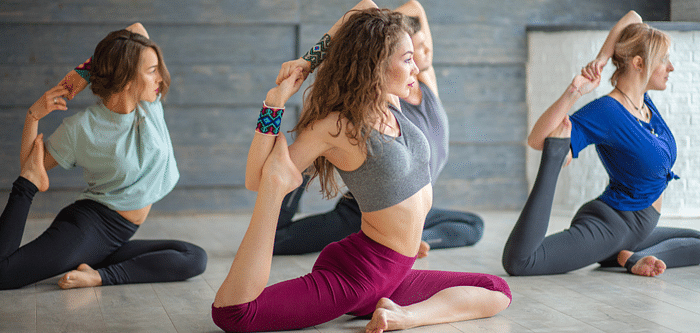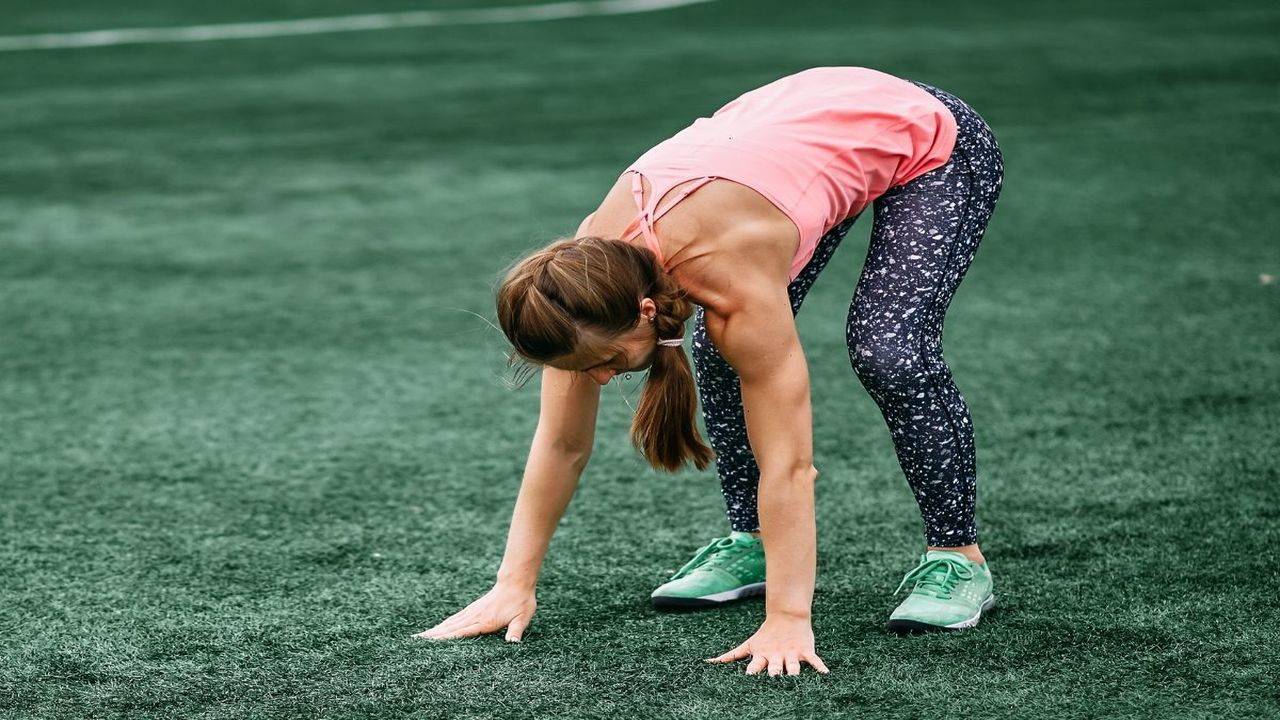Ever wonder how your chest size stacks up against other fit men? You’re not alone. Whether you’re training for aesthetics, strength, or general fitness, chest size is one of the most noticeable indicators of your upper body development.
But what does the data actually say about the average chest size of fit men? And more importantly, what do those numbers mean for your goals? Let’s break it all down.
What Is the “Average” Chest Size for Fit Men?
Let’s get this part straight: chest size varies significantly based on a person’s height, frame, body fat percentage, and training style. However, if we zero in on fit men—meaning those who train regularly and maintain a healthy weight—research and fitness surveys suggest the average chest measurement falls somewhere between 40 to 42 inches.
For comparison:
- A sedentary male in the U.S. typically has a chest size around 38–39 inches
- Competitive bodybuilders often measure 45 inches or more
- Many athletes and serious lifters land in the 42–44 inch range
Keep in mind, this is measured by wrapping a soft tape measure around the fullest part of your chest (usually at nipple level), while standing straight with arms relaxed.
How Chest Size Is Affected by Fitness Goals
Different training styles lead to different physiques—and chest development is no exception.
Bodybuilders and Physique Athletes
These guys are actively trying to build mass. Their training often involves:
- High volume chest exercises (flat bench, incline, dips, flys)
- Isolation movements and focused hypertrophy sets
- Nutrition aimed at muscle growth (caloric surplus)
Typical chest size: 42–46 inches, depending on experience and genetics.
Powerlifters and Strength Athletes
They may not have the sculpted definition of bodybuilders, but heavy bench pressing, overhead work, and core bracing result in thicker chests.
Typical chest size: 40–44 inches, with denser muscle tissue.
CrossFitters and Functional Athletes
Functional fitness often develops a leaner but still muscular chest, paired with strong shoulders and core stability.
Typical chest size: 38–42 inches, with a more athletic look.
Runners and Endurance Trainers
These athletes generally have smaller frames and prioritize cardiovascular efficiency over mass.
Typical chest size: 36–40 inches
Chest Size vs Chest Strength
You might assume that a bigger chest means a stronger one—but that’s not always the case. Strength comes down to:
- Neuromuscular efficiency
- Technique
- Joint mobility
- Triceps and shoulder contribution
A guy with a 40-inch chest and excellent form might out-bench someone with a 44-inch chest who doesn’t train for max strength. Size is often correlated with strength, but it’s not a guarantee.
Genetics: The Unseen Factor
Some guys just naturally have wider rib cages or thicker pectoral insertions. These genetic factors influence how your chest looks and measures up. That’s why comparing yourself to someone else, especially online, isn’t always helpful.
Instead, track your own progress. If your chest has grown 2 inches in a year of training, that’s a win—even if you’re not breaking 44 inches.
How to Measure Your Chest Correctly
To accurately measure your chest:
- Stand upright, arms relaxed at your sides
- Wrap a soft tape measure around the fullest part of your chest
- Make sure the tape is snug, but not tight
- Breathe normally—don’t puff up your chest to “cheat” the number
Measure at the same time of day each time (preferably not post-workout) for consistency.
How to Grow Your Chest If You’re Not Satisfied
If your chest size isn’t where you want it, it’s fixable—with the right strategy. Here’s a smart approach:
1. Prioritize Compound Lifts
Make bench press, incline press, dips, and push-ups the foundation. These movements hit your pecs, shoulders, and triceps together, encouraging overall upper body growth.
2. Don’t Skip Isolation
Chest flys (cable or dumbbell), pec deck machines, and plate squeezes help activate and fatigue the pecs, especially the inner and upper chest areas.
3. Change the Angle
Incline and decline variations are game changers. Most guys overuse flat benching and neglect incline pressing, which targets the upper pecs and creates a fuller look.
4. Increase Time Under Tension
Try slowing down your reps. A 3-1-1 tempo (three seconds down, one second hold, one second up) builds more tension and leads to better hypertrophy.
5. Feed the Muscle
Eat in a slight calorie surplus with at least 0.8 to 1 gram of protein per pound of body weight daily. Without proper nutrition, growth won’t happen.
What Does Your Chest Size Say About You?
Ultimately, chest size is just a number. It’s not a full reflection of fitness, health, or even strength. However, it can give you a benchmark to see how your training stacks up.
If you’re sitting around 38 inches and want to grow—great, you know where to start. If you’re already at 42 inches, maybe it’s time to fine-tune your chest with more shape and detail rather than just size.
Are Bigger Chests Always Better?
Not necessarily. While a bigger chest might look impressive in a t-shirt, it can also create imbalances if you don’t train your back, shoulders, and core equally. A strong chest should be part of a balanced upper body program that promotes strength, posture, and joint health.
Final Thoughts: Compare With Context
Knowing the average chest size of fit men gives you a useful comparison point—but don’t let it define your progress. You’re not training to fit a chart; you’re training to be your best self.
Whether you’re at 38 inches or 45, what matters most is how your body performs, how confident you feel, and how committed you are to improving. Use the data, but keep your focus on growth—both in the gym and in your mindset.










